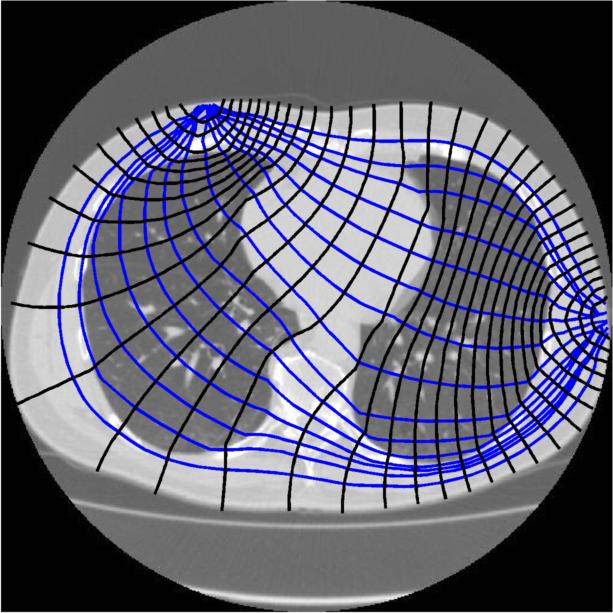Future Trends and Innovations in Electrical Impedance Tomography
Electrical Impedance Tomography (EIT), a dynamic imaging technique, has evolved significantly since its inception. As technology continues to advance, several exciting trends and innovations are shaping the future of EIT, expanding its applications and improving its capabilities. This article explores the emerging trends and innovations in Electrical Impedance Tomography.
**1. Advancements in Spatial Resolution:
1.1. Improved Algorithms:
Ongoing research is focused on developing sophisticated algorithms to enhance the spatial resolution of EIT images. These advancements aim to provide clearer and more detailed reconstructions, allowing for better characterization of internal structures.
1.2. Multi-Modal Imaging Integration:
The integration of EIT with other imaging modalities, such as magnetic resonance imaging (MRI) or computed tomography (CT), holds promise for achieving higher spatial resolution. Combining the strengths of multiple techniques could offer a more comprehensive and detailed view of the target object or medium.
**2. Machine Learning Integration:
2.1. Image Reconstruction Optimization:
Machine learning techniques are being increasingly integrated into EIT research to optimize image reconstruction algorithms. These adaptive algorithms have the potential to improve the accuracy and efficiency of reconstructing images, especially in complex and dynamic environments.
2.2. Pattern Recognition and Classification:
Machine learning is being employed to develop pattern recognition and classification algorithms within EIT. This allows for the identification of specific conditions or abnormalities based on electrical impedance patterns, contributing to more accurate diagnostics.
**3. Wireless and Wearable EIT Systems:
3.1. Wireless Technology:
The development of wireless EIT systems is underway, enabling increased mobility and flexibility in various applications. This is particularly relevant for point-of-care monitoring and scenarios where traditional wired setups may be impractical.
3.2. Wearable Applications:
Research is exploring the feasibility of wearable EIT devices. These compact and wearable systems could provide continuous monitoring for specific medical conditions, making them valuable tools in personalized healthcare.
**4. Functional EIT for Brain Imaging:
4.1. Cognitive Function Mapping:
Advancements in functional EIT are expected to allow for more precise mapping of cognitive functions in the brain. This could have implications for neuroscience research, brain-computer interfaces, and neurorehabilitation.
4.2. Neuromodulation Guidance:
Functional EIT may play a role in guiding neuromodulation therapies by providing real-time feedback on brain activity. This could enhance the efficacy of treatments for conditions like Parkinson’s disease or depression.
**5. Point-of-Care and Remote Monitoring:
5.1. Portable and Handheld Devices:
The development of portable and handheld EIT devices is anticipated to facilitate point-of-care applications. These devices could be used for rapid assessments in emergency situations or resource-limited settings.
5.2. Remote Monitoring Platforms:
Advancements in connectivity may lead to the creation of remote monitoring platforms, allowing healthcare professionals to access EIT data and images from a distance. This could revolutionize telemedicine and remote patient monitoring.
**6. Biomedical Therapeutic Applications:
6.1. Guided Therapies:
EIT is increasingly being explored for its potential in guiding therapeutic interventions. This includes optimizing electrical stimulation for neuromodulation and aiding in targeted drug delivery.
**7. Challenges and Ethical Considerations:
7.1. Ethical Use of Data:
As EIT technology advances, ethical considerations regarding the collection, storage, and use of patient data become crucial. Ensuring privacy and data security will be integral to the responsible deployment of EIT in healthcare.
**8. Environmental and Industrial Monitoring:
8.1. Pollution Monitoring:
EIT may find expanded applications in environmental monitoring, particularly in assessing air and water quality. Continuous monitoring of pollution levels could contribute to early detection and mitigation strategies.
8.2. Industrial Process Optimization:
In industrial settings, EIT could play a key role in optimizing processes, ensuring quality control, and minimizing environmental impact. The real-time monitoring capabilities of EIT are well-suited for dynamic industrial environments.
In conclusion, the future of Electrical Impedance Tomography holds exciting prospects with advancements in spatial resolution, integration with machine learning, the development of wireless and wearable systems, and expanding applications in brain imaging, point-of-care monitoring, and beyond. As EIT continues to evolve, it has the potential to revolutionize various industries and healthcare practices, providing valuable insights into dynamic processes and contributing to personalized and efficient diagnostic and therapeutic approaches.






